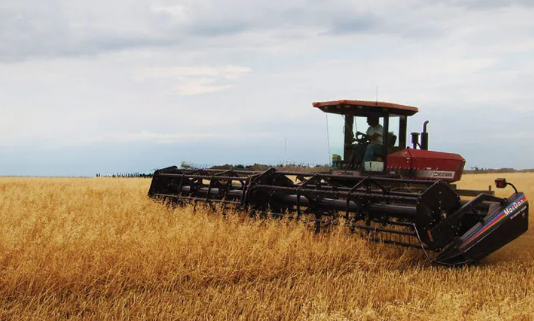There are certain plants grown by farmers that can be used as fodder for livestock or food for humans. Whereas some are used as medicinal plants, and some have industrial use (cotton). Horticulture plants are also grown for commercial purposes. These plants play a vital role in Indian agriculture. Agriculture is not just a source of food but also a source of income. They are considered the backbone of the Indian economy.
Different varieties of plants are grown in different seasons and serve different uses. Most commercially important plants are typically grown on large scale farms. These profitable plants are exclusively termed crops. They can be both non-food and food plants. Here, let’s explore more about the different cropping patterns and agricultural practices followed.
Types of Crops
The cropping pattern in India varies with the physical diversities. Based on the season of cultivation, plant varieties can be classified into three major categories –
| Rabi Crop | Zaid Crop | Kharif Crop |
| Sown with the onset of winter (October – March) | Short duration crops that are sown after rabi crops (April – June) | Cultivated during South-West monsoon (June – September) |
| Examples – wheat, mustard, barley, etc. | Examples – watermelons, cucumbers, bitter gourd, etc. | Examples – raize, cotton, groundnut, etc. |
Agricultural Practices
Agriculture involves the sustained use of land for a profitable outcome. It involves several preparation steps to be followed. The farmer has to ensure that the crop is cultivated under suitable parameters. Suitable soil, water and temperature are vital for a profitable, high-quality yield. The farming practices involve the following checklist –
- Preparation of soil – Loosening and turning the soil is the first step that brings about the nutrients on the top surface. Various agricultural tools like hoe, plough and cultivators are also used for this purpose.
- Sowing – Good quality healthy seeds must be selected and dispersed in the field. This process is called sowing. It can be done manually and also by seed drilling machines.
- Manuring – Natural manures or chemical fertilisers must be introduced into the field at regular intervals. They act as a nutrient supplement to the soil.
- Irrigation – This is the most important step, as different plants need a different amount of water supply to grow. Drip and sprinkler systems are preferred these days as they use water more efficiently for farming. Water is important for the proper germination and growth of the plant.
- Weeding – Removal of undesirable plants (weeds) is also a vital checklist in farming. These weeds can naturally grow along the field, and they compete with the other plants of interest. Chemical weedicides are sprayed to keep their growth under control.
- Harvesting – Cutting of mature crops is called harvesting. It can be done either manually (sickle) or by machine (harvester). The grains or seeds have to be separated from these harvested plants by a method called threshing.
- Storage – The harvested grains should be kept safe from pests, moisture and microorganisms. The grains have to be properly sun-dried and then stored in metallic bins, jute bags, silos or granaries based on the quantity.
This elaborate process of growing commercial plants is practised by farmers worldwide. Several internal and external factors also play a role in this crop production process. Disease resistance, chemical composition, and grain quality are some internal factors to be checked. The external checklist includes climate, water and minerals. All these checklists are vital for profitable agriculture. The sole purpose of agricultural economics is to maximise the distribution and production of fibre and food products. It focuses both on yield as well as the sustainability of the soil. It has become a separate applied field in economics, considering its importance.



